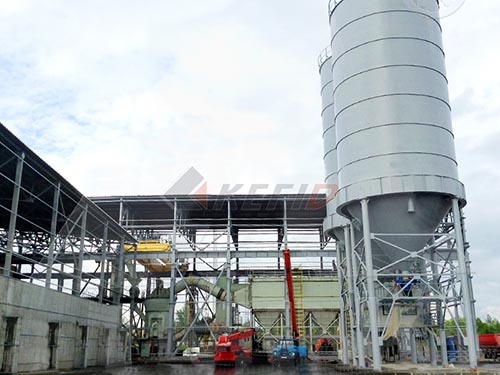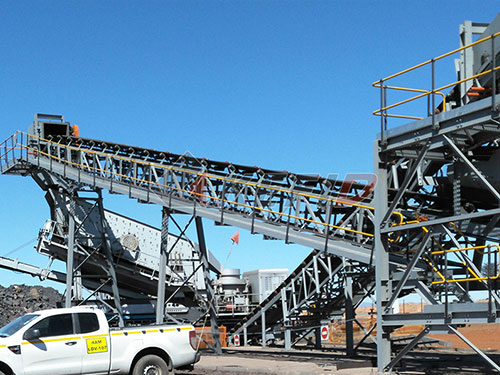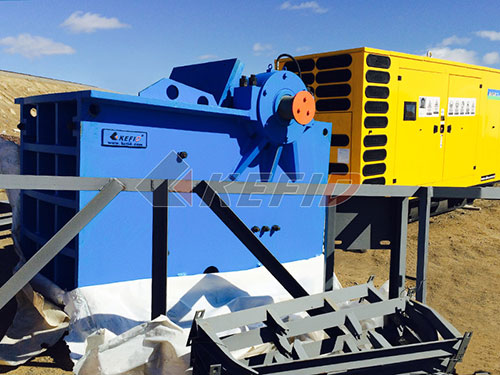The Unseen Powerhouse: A Comprehensive Exploration of Crusher Machines
Crusher machines stand as the unsung heroes of modern industry and infrastructure development. These robust pieces of equipment form the critical first link in the chain that transforms raw materials extracted from quarries, mines, and demolition sites into usable aggregates essential for construction projects large and small, from skyscrapers to suburban driveways. Their role is fundamental yet often overlooked; without efficient crushing technology feeding downstream processes like screening and milling, the pace of progress would grind to a halt.
The Core Function: Size Reduction Through Force
At its essence, a crusher machine applies mechanical force – primarily compression, impact, shear, or attrition – to break down large rocks, ores, concrete rubble, or other solid materials into smaller fragments of predetermined sizes. This process of size reduction serves several vital purposes:

1. Liberation: Breaking apart valuable minerals embedded within waste rock.
2. Preparation: Creating feed material suitable for subsequent processing stages like grinding or milling.
3. Volume Reduction: Minimizing transport costs by reducing the bulk of excavated material.
4. Aggregate Production: Manufacturing specific sizes of crushed stone (aggregates) essential for concrete production (sand & gravel), road base layers (sub-base), railway ballast (track bed support), asphalt mixes (binder course), drainage systems (filter stone), and landscaping.
5. Recycling: Processing demolition waste (concrete blocks & bricks) into recycled aggregates for sustainable construction practices.
A Journey Through Crushing History

The concept of breaking rocks mechanically predates recorded history; early humans used simple tools like hammerstones against anvils to shape flint tools or extract minerals from ore deposits found near surface outcrops where weathering had already done some preliminary work weakening rock structures over geological time scales.
Ancient Ingenuity: Evidence suggests rudimentary crushing techniques were employed in ancient Egyptian mining operations around gold deposits using hard stone hammers against softer bedrock surfaces containing mineral veins exposed through erosion processes occurring naturally over millennia before human intervention began altering landscapes significantly through resource extraction activities focused primarily on precious metals rather than bulk construction materials needed later during periods characterized by monumental building projects requiring vast quantities of processed stone sourced locally whenever possible due largely logistical constraints limiting long-distance transport capabilities available then compared now where global supply chains operate efficiently moving massive volumes across continents daily via specialized vessels designed specifically carrying dry bulk commodities such iron ore coal grain etcetera which themselves often require initial crushing prior shipment depending upon source characteristics

Leave a Reply